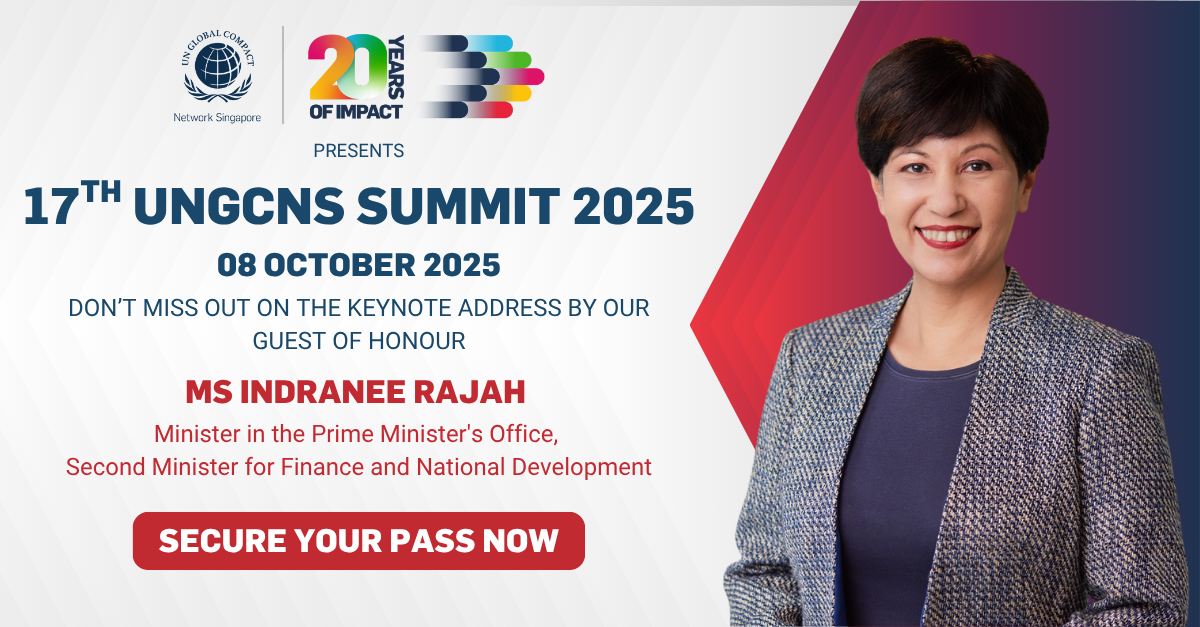Diversity and inclusion initiatives can help elevate modern workplaces in more ways than you may expect. Employees, customers and even investors and other stakeholders can see diversity and inclusion initiatives as a potent trust signal, showcasing that your brand ethos isn’t just lip service.
The problem is knowing how to communicate and implement these values clearly and confidently using systems and programs that deliver the most impact. If done well, these initiatives can also help organisations attract the best talent, bolster workplace dynamics, and build a better brand.
Not sure where to start for your organisation’s own diversity and inclusion programs? This article will provide practical, actionable tips that will help you demonstrate your diversity and inclusion values in a way that feels authentic, resonates with real people and makes a positive difference.
Clarify What You Stand For
Before you launch into content creation, you need clarity on why your brand values diversity and inclusion. Your answer is your message, and a clear message can prevent tokenism and show intentionality.
To begin, define your brand’s pillars of diversity and inclusion – think gender equality, accessibility for people with disabilities, inclusion of people from different cultural or religious backgrounds, or celebrations of marginalised voices. Audit your current mission statement and align your new messaging language with internal policies, making small but meaningful adjustments for a big impact.
From here, bring your diversity and inclusion resources to life. A dedicated page for your website is a good start, with bespoke copy – and perhaps even a short video showcasing your diversity and inclusion programs in action. All you need here is a decent cameraphone, a lapel mic or two, and some basic video editing knowledge to create an engaging program intro that showcases the real humans behind your brand. Or if you don’t have a videographer on your team, you can even use an AI video editor to get the job done faster and easier.
Invest in a Variety of Accessible Visual Content
As they say, an image is worth a thousand words. Visual content can highlight your diversity and inclusion values faster and more persuasively than just hollow words. Depending on your budget, you can cast a diverse group of models for original marketing assets or simply use diverse stock photography that reflects your values.
Alongside photos and videos, however, you also want to make sure you’re investing in accessibility to further support your inclusion efforts. You can create more accessible content by adding subtitles to videos and captions or ALT text to digital images. You may even consider adding subtitles in multiple languages and dialects. When you can create visual content that brings together multilingual captions, diverse casts, and accessible features, you can effectively create campaigns that resonate with a broader audience. Captions and subtitles are one of many small but potent foundational steps in supporting disability inclusion in the workplace.
Tell Real Stories From Within Your Organisation
People connect with real stories, not meaningless corporate jargon. As such, your top priority should be sharing the stories and experiences from diverse members of your organisation. This may look like transparently reporting salaries to highlight equal pay commitments, or conducting and showcasing satisfaction survey responses from employees.
You can also spotlight the diversity of those in leadership and allow their voices to guide your policies. Use internal events or milestones as an opportunity to amplify and celebrate diverse voices, but respectfully so and with the full support of the staff or teams you are looking to use as the subject for your case studies. Overall, work on creating evergreen, shareable content that reinforces values while making your brand feel human.
Lead by Example and Invest in Education
Demonstrate commitment to diversity and inclusion from the top down. When leaders model inclusive behaviours (whether that’s by mentoring underrepresented employees, speaking out against bias, or actively making space for diverse perspectives), it sets a powerful example for the rest of the organisation. Words and campaigns ring hollow if day-to-day leadership actions don’t back them up.
Education and accountability should be ongoing. Workshops, unconscious bias training, and cultural awareness sessions can help team members understand how inclusion can be practised. These efforts don’t need to be costly or time-consuming, and in fact, regular, bite-sized training can be very effective. By committing to these values and behaviours at every level of the organisation, you reinforce that diversity and inclusion aren’t just marketing messages, they’re part of the culture of your company.
Engage Your Audience in the Conversation
Inclusion also extends to the diverse, real-world individuals who make up your audience. One of the most powerful ways to master your social media and make them feel seen is to actively ask them to share their stories, opinions, and experiences. A customer/user-generated content campaign is an excellent opportunity to let your audience’s own voices and lived experiences take center stage in a way that feels far more authentic than traditional marketing copy.
Why not ask your community to share photos, videos, or testimonials that demonstrate their real-world experiences and then feature these posts across your social channels, website, and other platforms? Doing this both validates your audience’s experiences and shows that you’re listening, not just talking.
Engagement is also about being willing to respond, both with positive feedback and with constructive criticism. If you publicly acknowledge customer or user feedback and communicate about resolutions or company values transparently, you show your brand’s integrity, accountability, and willingness to learn. In fact, many marketers will tell you that how you handle a bad review or a piece of negative feedback tells a much better story about your brand than a happy customer testimonial ever could.
Q&A sessions, webinars, or live social media events can also be great ways for people to engage with your brand, ask questions, and enter into a real-time dialogue. The kind of two-way communication you build during these events can build trust, community, and brand loyalty. And over time, when your audience sees the ways you practice inclusion, they won’t just see your brand as one with diversity and inclusion values—they’ll see you as a partner who truly walks the walk.
Back Your Words with Measurable Actions
Your audience wants proof that you put your money where your mouth is, so it’s crucial that your key messaging reflects the reality of your company. Hold yourself accountable when it comes to diversity and inclusion. Publicly announce goals for diversity and inclusion and publish metrics on things like workforce diversity or employee satisfaction.
You can also work on developing longstanding relationships with community organisations that support marginalised people in your area. When you succeed, it’s important to celebrate your progress, but don’t become arrogant. Your company also needs to acknowledge when there’s room for improvement. This will reinforce your credibility and continue to build trust with your audience.
Turning Values Into Action
You don’t need to write the world’s most inspirational inclusion statement to convey your diversity and inclusion values. You can express your authenticity through many other smaller actions that may be more effective, including:
- The language and imagery you use across your website and social media.
- How do you champion and feature different voices internally?
- Celebrating different events and having different food choices.
- How do you ensure accessibility in all aspects of your brand?
Above all else, employees and customers will call out any gestures or inclusivity that feels performative. What they do want, however, are brands with clear values, actionable follow-through, and an openness to doing better as they learn. The point is to start small and just do something. It could be as simple as reviewing your mission statement, sharing more stories using an AI video editor, or taking the time to reframe policies so they are inclusive.
The long-term value of diversity and inclusion, however, is that they are strategic tools for building trust, connection, and business success over time. By taking the time to identify and clearly communicate your authentic values and taking actions to bring them to life, you will be taking vital steps to not only foster inclusion but to make your customers feel like they belong to a community around your brand.










